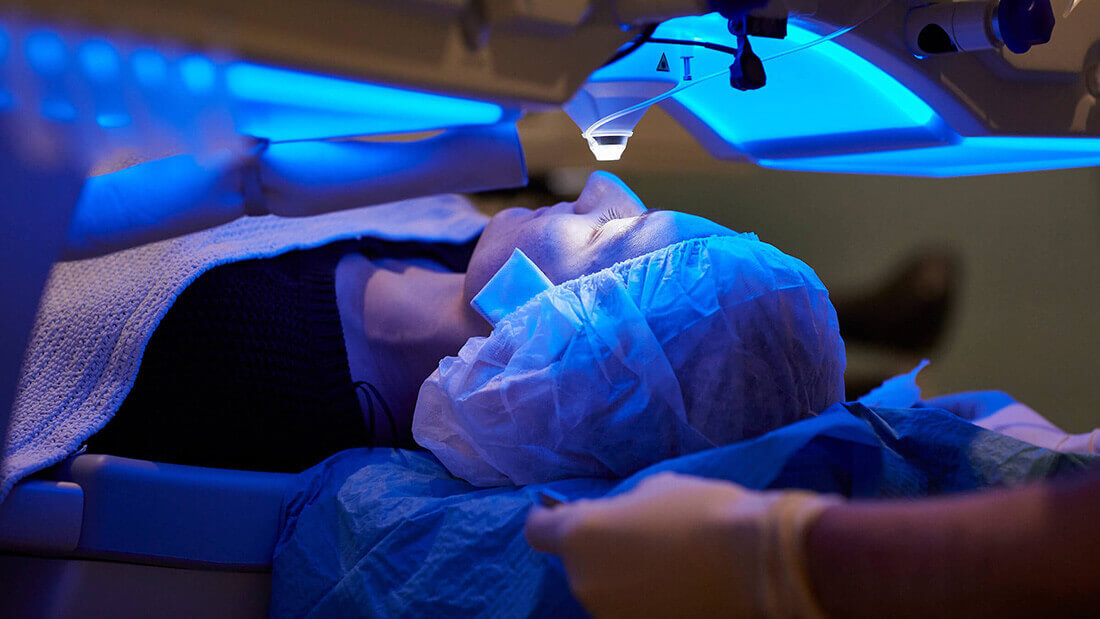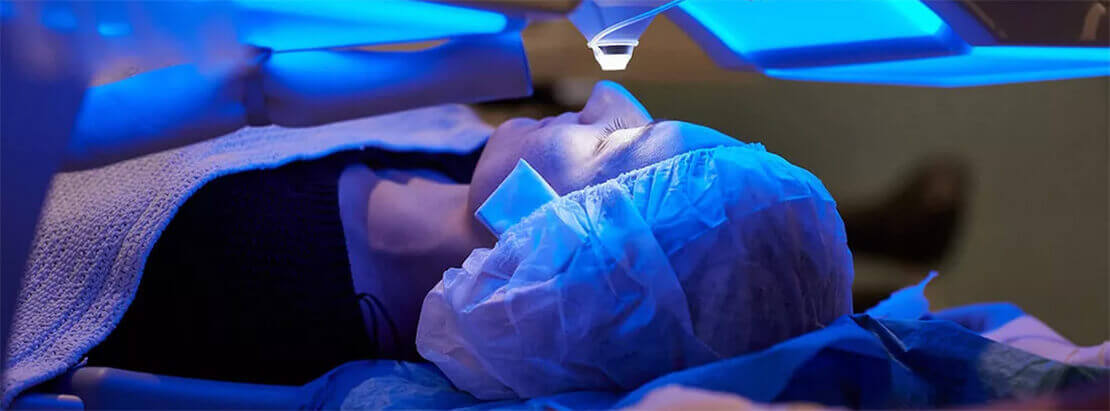Cataract Surgery – The Only Solution to Cataracts
Cataracts are considered a natural part of the eye’s ageing process. They occur when the proteins in our lenses begin to break down and clump together, forming cloudy obstructions. As cataracts develop, they can cause significant vision loss and if left untreated, blindness. The only way to prevent this is through surgery.
So, how does Cataract Surgery work?
As cataracts begin to form in the eye, they can cause significant vision impairment, particularly affecting colour perception and night vision. Cataract surgery involves replacing the natural, cataract-affected lens with an artificial lens known as an intraocular lens (IOL).
Cataract Surgery involves:
- Creating a small incision on the surface layer of the cornea;
- Inserting a small probe (this delivers ultrasonic waves to break up the cloudy lens);
- Drawing out the lens tissue from the lens capsule;
- Inserting an artificial lens into the lens capsule.
Implanting a New, Artificial Lens
Cataract Surgery was designed to remove the cataract from the eye; however, the type of IOL that is used to replace the natural, crystalline lens will depend on your provider. For example, Cataract Surgery provided through the NHS involves replacing the natural lens with a standard monofocal IOL. This means that many patients will require glasses following their treatment.
In contrast, refractive Cataract Surgery provided at private clinics and hospitals utilises premium IOLs to correct existing refractive errors, including myopia (short-sightedness), hyperopia (long-sightedness), and astigmatism.
The best type of IOLs for each patient is determined based on the size and shape of the eyes and on their refractive error. An eye doctor is able to choose the best solution by conducting a thorough pre-operative assessment before the Cataract Surgery.
Recovering from Cataract Surgery
While it may sound invasive, Cataract Surgery is a minor procedure – that is, it only requires local anaesthetic (the patient doesn’t need to be put to sleep). This means that the vast majority of patients can head home on the very same day as their treatment.
On completion of the procedure, patients are fitted with a protective eye shield to guard the eye against dust, debris, and other potential harm that could cause infection. Immediately following treatment and in the days afterwards, it is normal to experience some discomfort, such as a gritty feeling in the eyes. However, these symptoms usually begin to resolve on their own relatively quickly.
For most patients, recovery from Cataract Surgery is speedy, with some patients able to see clearly in just a matter of days. However, it can take a few weeks to reach your optimum vision and full recovery.

